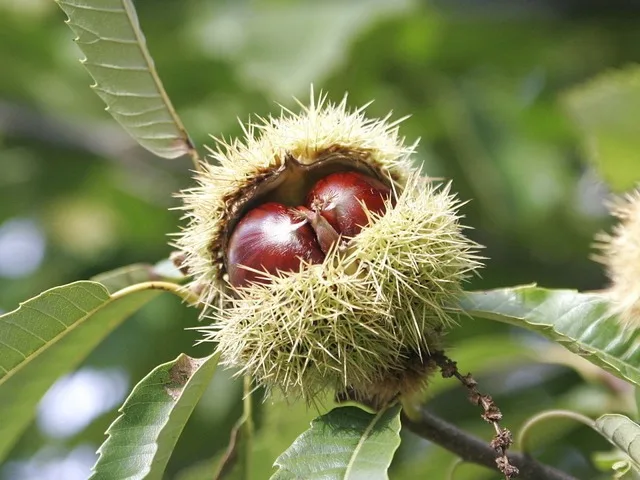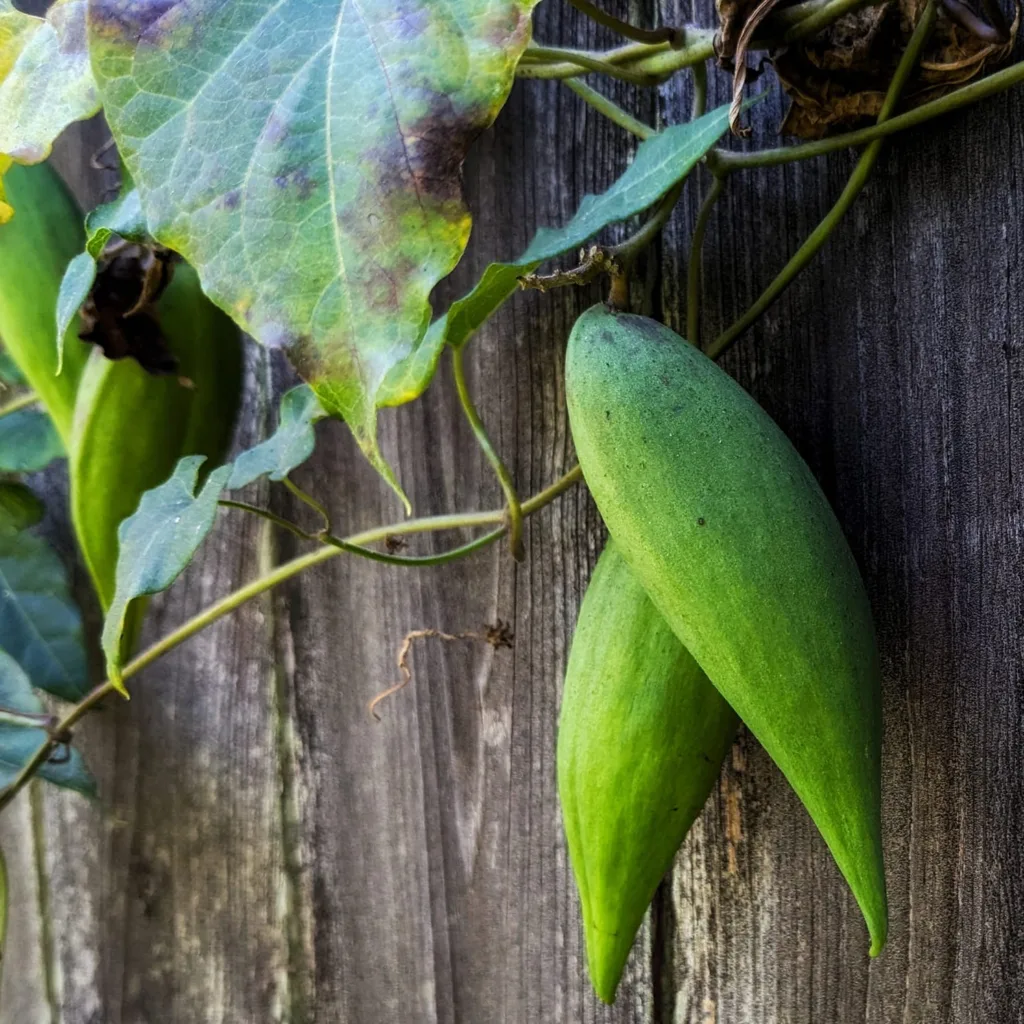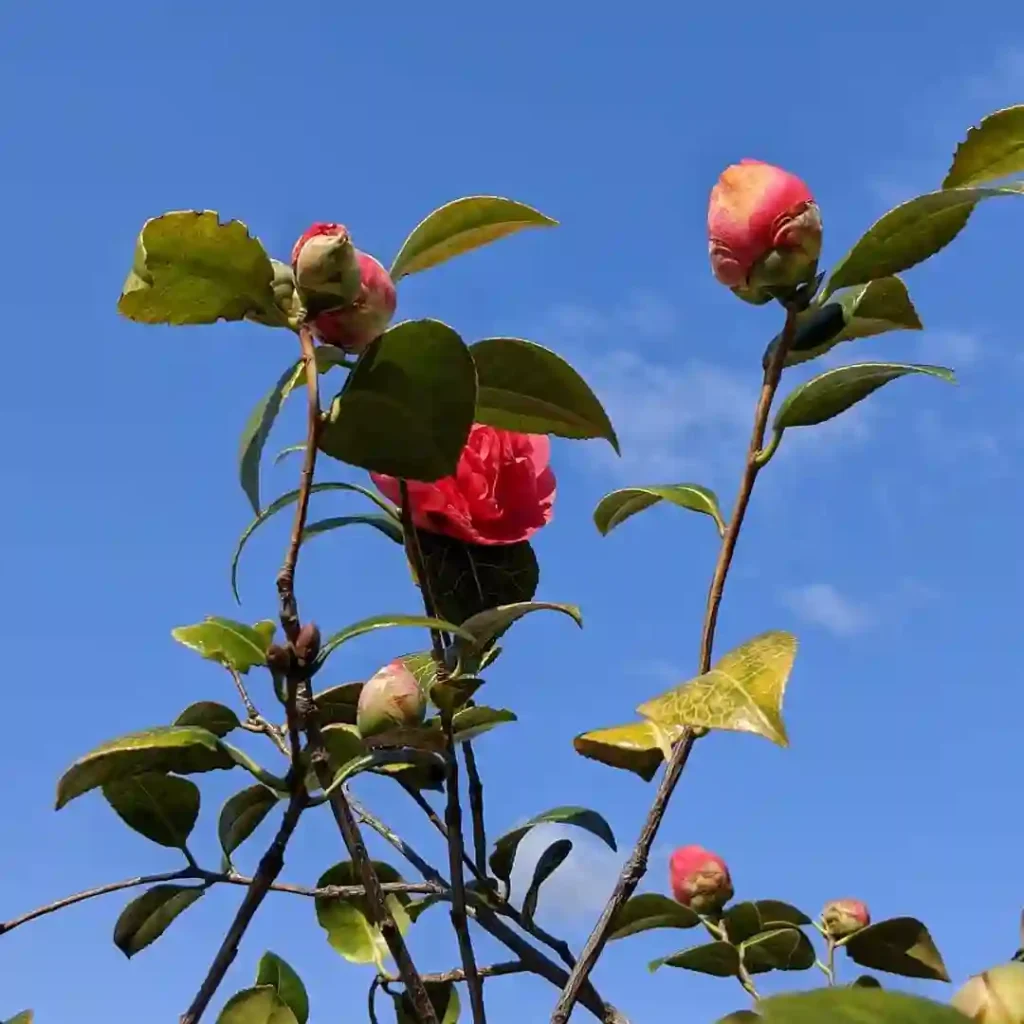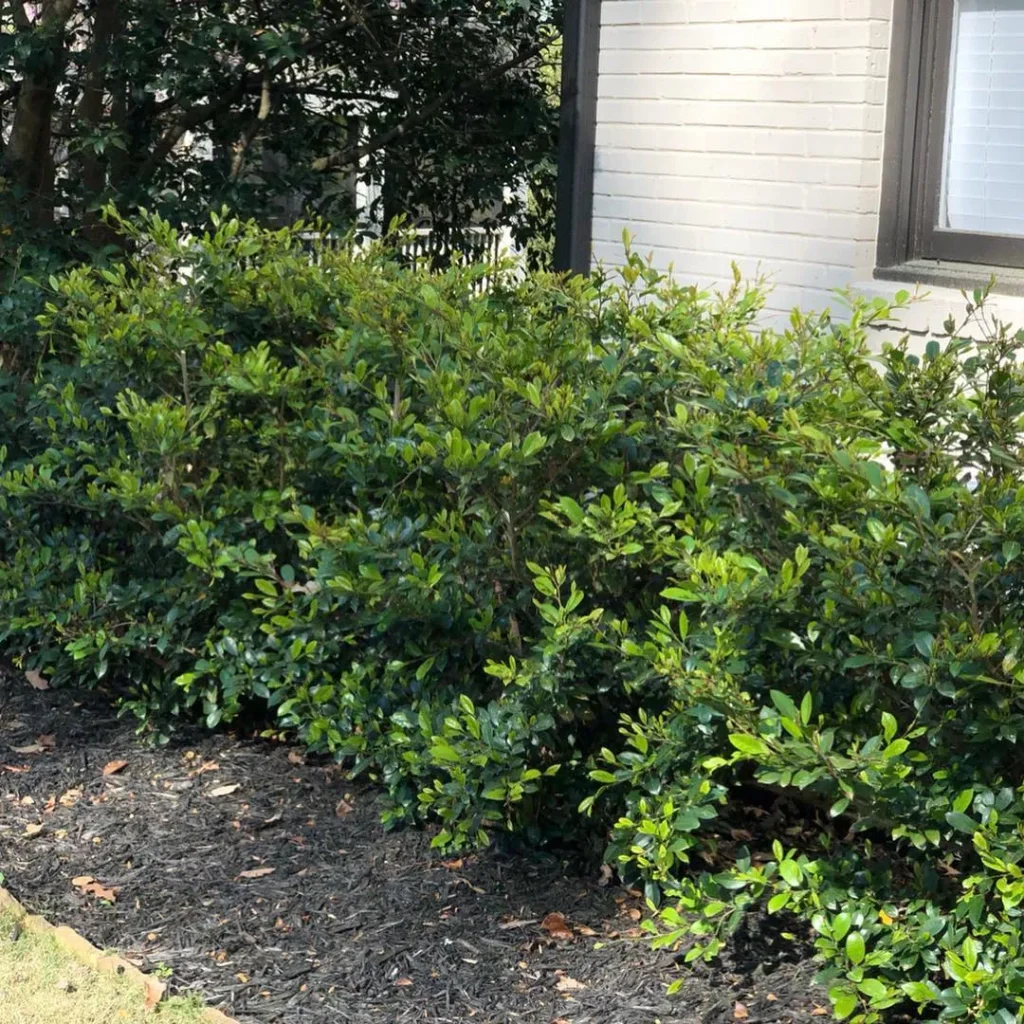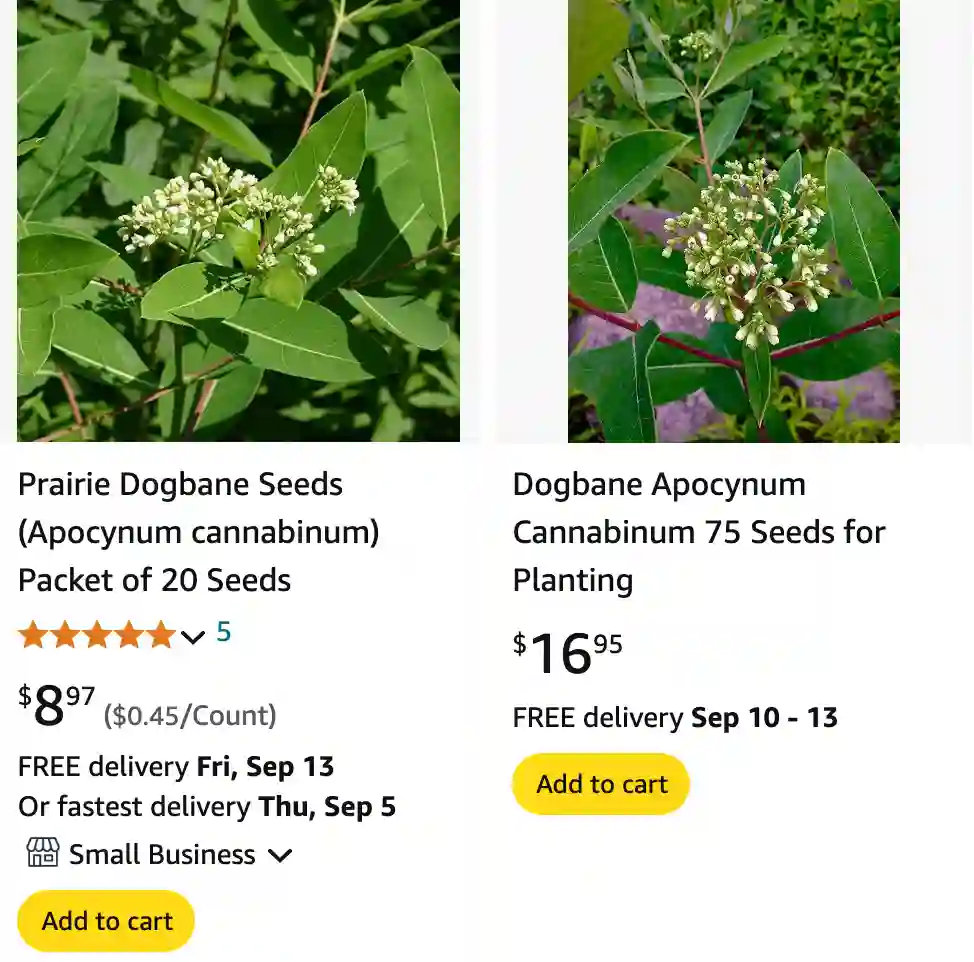
Frequently Asked Questions About Apocynum Cannabinum
As a passionate gardener and plant enthusiast, I’ve come across a wide variety of plants, but Apocynum Cannabinum, commonly known as Hemp Dogbane, has always intrigued me. It’s a versatile plant with unique characteristics, making it a fascinating topic for many plant lovers. Here’s a comprehensive guide to answering some of the most frequently asked questions about Apocynum Cannabinum.
What Is Apocynum Cannabinum?
Apocynum Cannabinum, often referred to as Hemp Dogbane, is a perennial herb native to North America. It belongs to the Apocynaceae family and is recognized for its tough, fibrous stems and attractive, tubular flowers. The plant is sometimes confused with other members of the dogbane family due to its similar appearance, but its distinctive features set it apart.
Plant Family: 387 Genera in Apocynaceae
How to Care for Apocynum Cannabinum?
Caring for Apocynum Cannabinum is relatively straightforward. Here are the key aspects to consider:
- Sunlight: This plant thrives in full sun but can tolerate partial shade. It prefers at least 6 hours of direct sunlight each day.
- Soil: It grows best in well-drained soil. While it can handle various soil types, a sandy loam enriched with organic matter is ideal.
- Watering: Apocynum Cannabinum is drought-tolerant once established. Water the plant regularly during its first growing season, but reduce watering frequency as it matures.
- Temperature: This plant is hardy in USDA zones 3-7. It can withstand cold temperatures but may need some protection in extreme conditions.
- Fertilizing: A balanced fertilizer applied in early spring will support healthy growth. Over-fertilization can lead to excessive foliage at the expense of flowers.
How to Propagate Apocynum Cannabinum?
Propagating Apocynum Cannabinum can be done through seeds or cuttings. Here’s a brief guide:
- Seeds: Start seeds indoors 6-8 weeks before the last frost. Sow them in a seed-starting mix and keep them moist. Transplant seedlings outdoors after they’ve developed a few sets of true leaves and the risk of frost has passed.
- Cuttings: Take semi-hardwood cuttings in late summer. Dip the cut ends in rooting hormone and plant them in a mix of peat and perlite. Keep the soil moist and provide bottom heat for optimal rooting.
What to Plant With Apocynum Cannabinum?
Apocynum Cannabinum pairs well with various plants in garden settings. Consider these companions:
- Echinacea: The vibrant coneflowers complement the tubular blooms of Apocynum Cannabinum and attract pollinators.
- Rudbeckia: Black-eyed Susans add a splash of color and work well with the plant’s naturalistic appearance.
- Ornamental Grasses: Grasses like Panicum virgatum add texture and contrast to the bold foliage of Hemp Dogbane.
Is Apocynum Cannabinum Toxic?
Apocynum Cannabinum is toxic if ingested. All parts of the plant contain compounds that can cause nausea, vomiting, and diarrhea if consumed in significant quantities. It’s best to keep this plant away from pets and young children.
Benefits of Apocynum Cannabinum
Despite its toxicity, Apocynum Cannabinum has several benefits:
- Ecological Value: It attracts butterflies and bees, supporting local pollinators.
- Historical Uses: Native Americans used the plant for its fibrous stems to make cordage and baskets.
- Aesthetic Appeal: Its unique flowers and foliage make it an attractive addition to wildflower gardens.
Common Problems with Apocynum Cannabinum
Like any plant, Apocynum Cannabinum can face issues:
- Pests: Watch for aphids and spider mites. Regular inspection and appropriate insecticides can help manage these pests.
- Disease: Root rot can occur if the soil is too wet. Ensure proper drainage to prevent this problem.
- Overgrowth: In favorable conditions, the plant can spread aggressively. Regular pruning can help control its size and shape.
How Does Apocynum Cannabinum Compare to Similar Plants?
Apocynum Cannabinum is often confused with other species in the Apocynaceae family. Here’s how it compares:
- Apocynum Androsaemifolium (Raspberry Leaf Dogbane): This plant has similar growth habits but produces different flowers and foliage. It is less common in gardens compared to Hemp Dogbane.
- Asclepias Syriaca (Common Milkweed): Both plants are used by butterflies, but Milkweed has more pronounced clusters of flowers and is often preferred for butterfly gardens.
In summary, Apocynum Cannabinum is a unique and versatile plant with both benefits and challenges. By understanding its care requirements and potential issues, you can successfully incorporate it into your garden and appreciate its many qualities.
If i die, water my plants!
